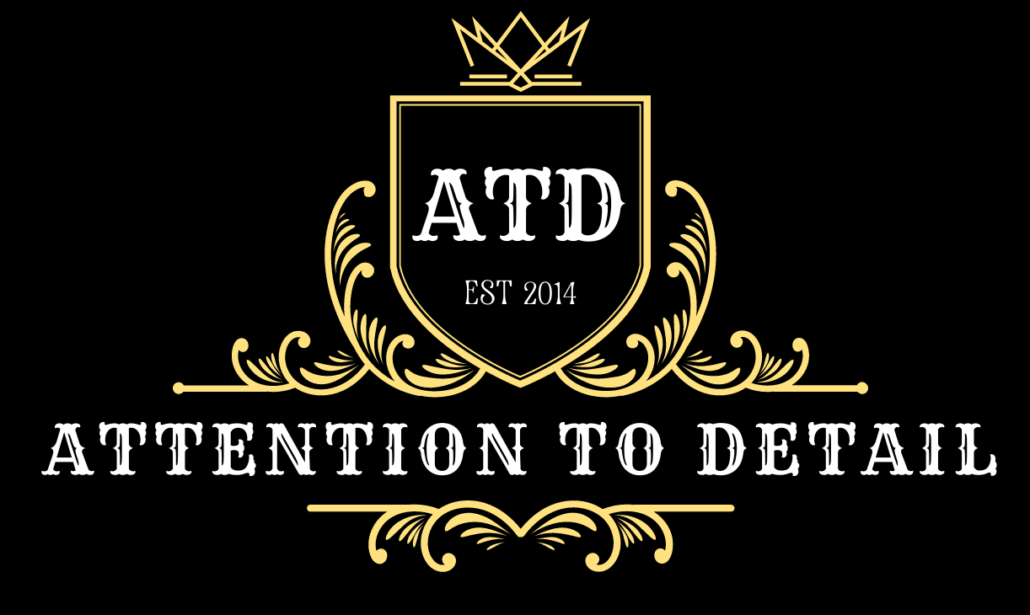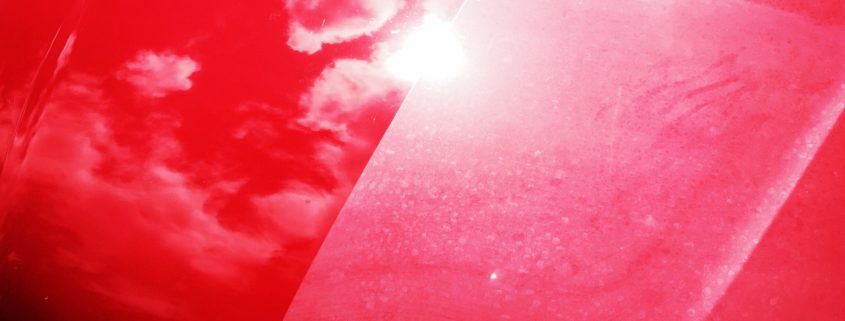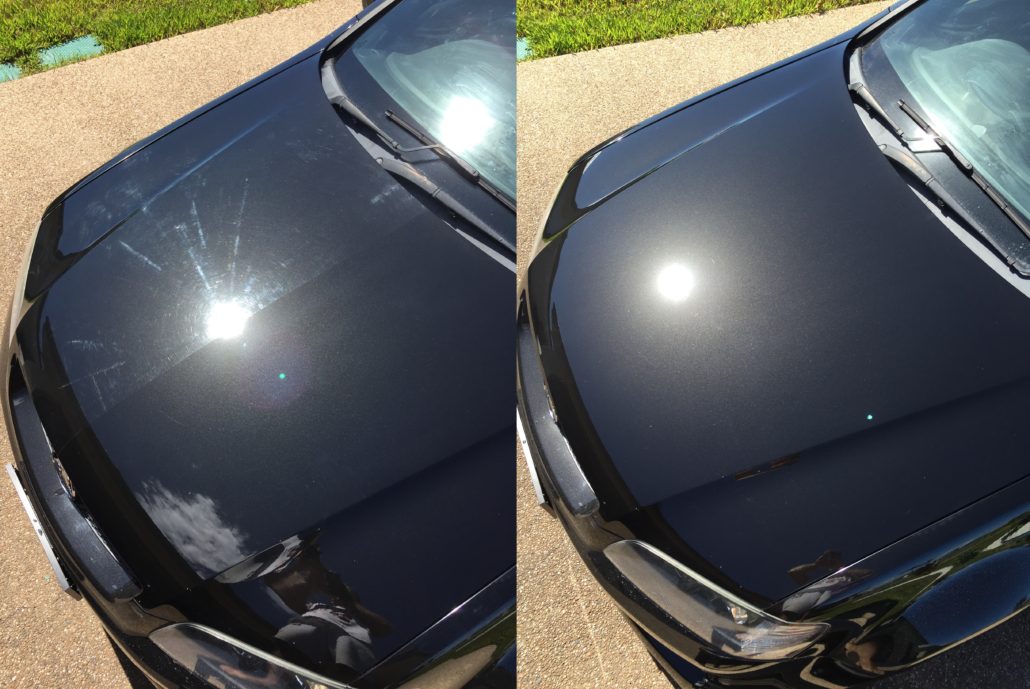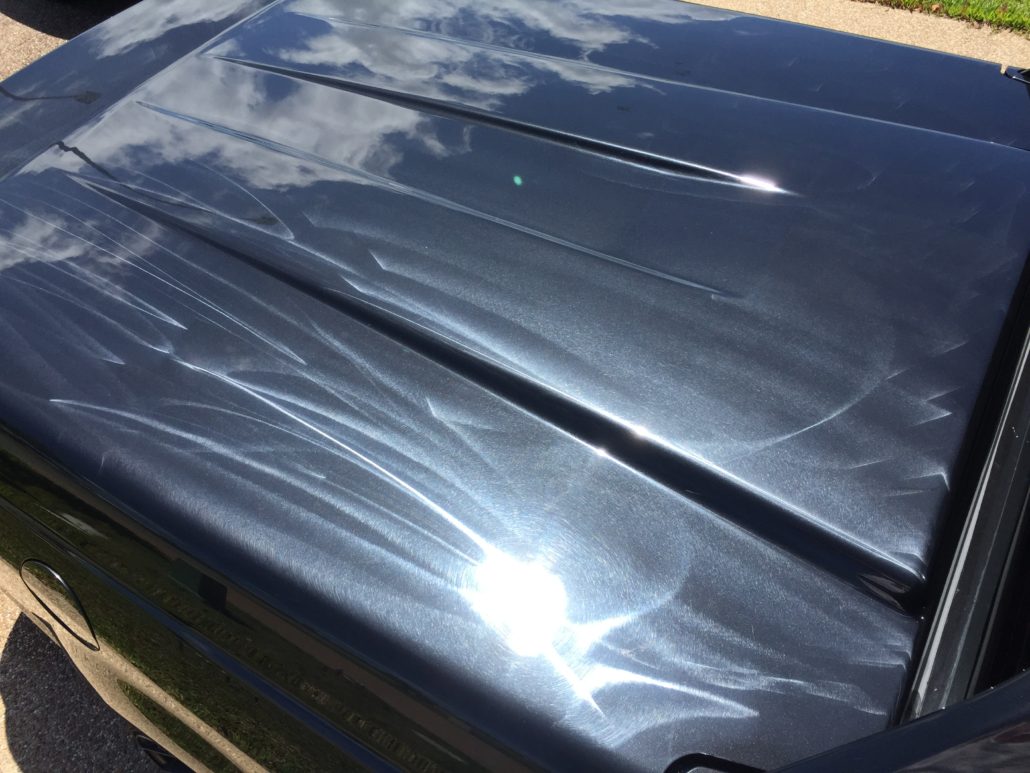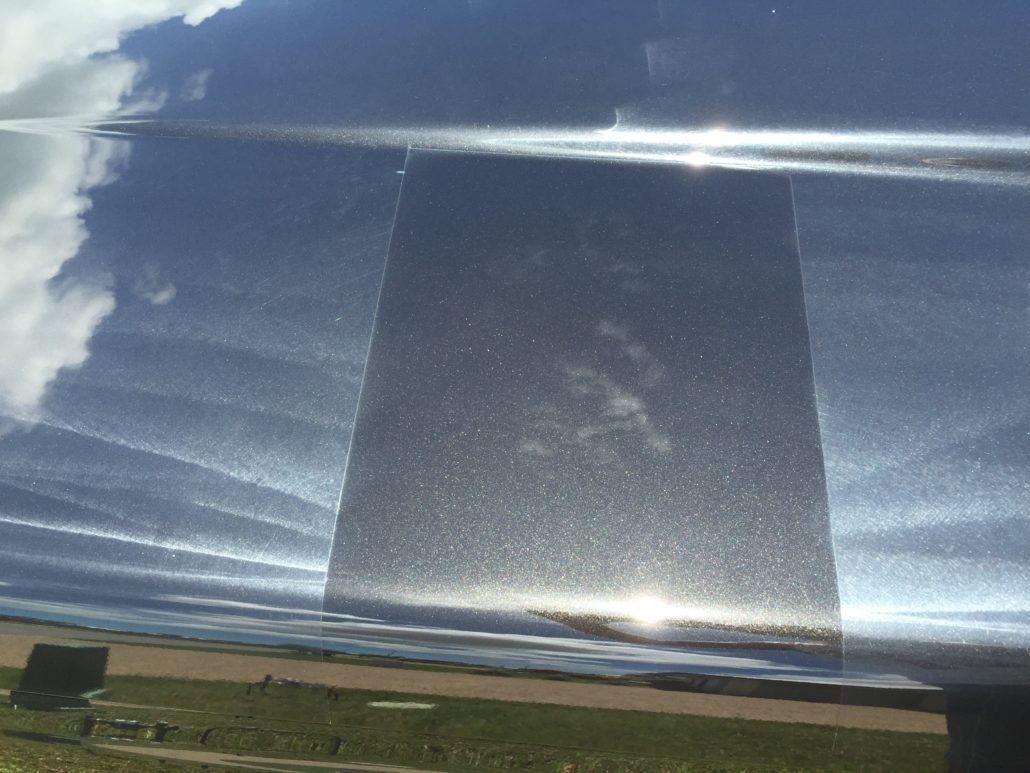What exactly is “Paint Correction”?
PAINT CORRECTION
So what exactly is paint correction and how does it differ to the old “cut and polish”. Paint correction is the process of permanently removing imperfections within the finish of a vehicle through the means of using multiple diminishing abrasives getting finer and finer until the level of finish desired is achieved. A variety of different machine types, pad types, compounds and polishes are chosen to best suit the vehicle’s degree of imperfections. The process can be compared to the same process a jeweler would go through polishing a precious stone from something rough to a flawless stone. Defects in the paintwork such as oxidation, holograms, swirl marks, water etching, marring and light scratches can be carefully removed, often restoring paintwork to better than showroom condition.
Depending on the paint type, a correct single step machine polish can remove 50-75% of these marks and restore depth and gloss to your paint work once the paint is properly decontaminated. This other 25-50% requires multiple stage machine polishing and is the most time consuming part of the paint correction process. However for a customer demanding perfection, it makes it worth it in the end. This process can be a complete transformation of your vehicle’s paintwork and requires a lot of time, patience and expertise. Paint depth, paint hardness and temperature put into the paintwork through the machine polishing process all have to be considered carefully to ensure no damage is done. Paint correction is rarely offered in the general detailing world and is what separates the level of expertise of a detailer.
In most situations, paint correction is a much better option then respraying a complete vehicle. The overall finish can look glossier and deeper; this is mainly due to panel and paint shops leaving a lot of buffer trails/holograms in the paint and then quickly masking them up with a cheap glaze which will wash off after a couple of weeks. The paintwork is kept original and usually OEM paint is sprayed much better then aftermarket paintwork due to the paint types used and strict quality control. Paint shops will often leave runs in paintwork or rough tape lines edges which easily show a poor quality respray. Most importantly paint correction is a much more cost effective option then a $5000 respray so should always be the first option to look into.
The diagram illustrates some of the different defects that are commonly found in the finish on most vehicles and shows the depth that some of these can be. During paint correction we usually only remove 1-3 microns of paint which is usually only around 1-5% of the paintwork on the vehicle depending on the amount of paint to begin with.

The below image shows what swirlmarks look like under a microscope magnified 800 times.
